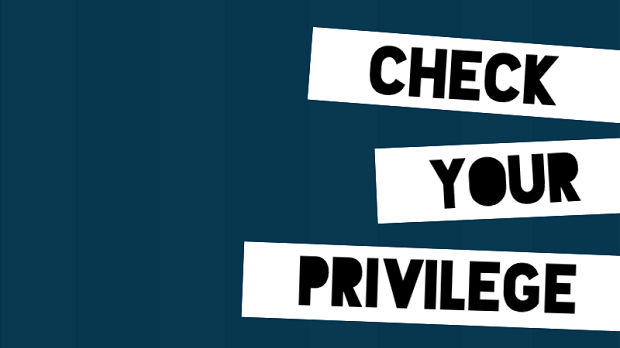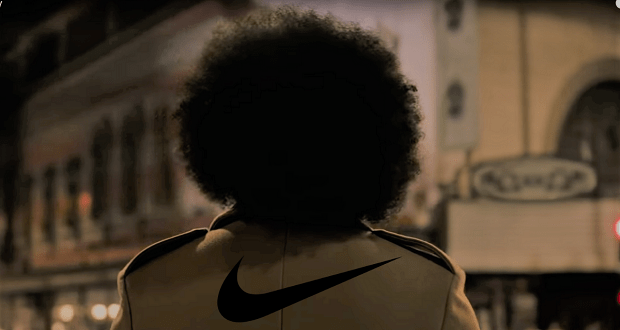In 2015, Pew Research found that Millennials surpassed GenX-ers and became the largest group in the U.S. workforce. A 2015 workplace trends study also found that 91% of Millennials aspire to be leaders. In fact, many already are. Notable names like Mark Zuckerburg and Elaine Welteroth and Michelle Pham might come to mind when thinking of Millennials taking the lead. Companies like Stripe, Snapchat, Instagram, Pinterest, Tumblr and more, may come to mind when thinking of companies founded by millennials. Young people are more empowered to take the lead across the board, but many are still struggling to be perceived as leaders.
Often, in professional settings (even recently), I’ve been addressed as a “kid” or “kiddo”; I was offered an internship when I had a senior management role and office at a major media company; and I’ve frequently heard comments from GenXers (some only 8 or 9 years older than me) “that they’ve been doing this longer than I’ve been alive.” People have gone as far as to outright ask me my age. These sorts of comments would happen in office elevators, at conferences I was attending, and even at client trainings or meetings.
While I’m aware that my particular brand of melanin (also known as “Black don’t crack”) keeps me looking on the fresh side, I started to realize that constantly being addressed as a kid or being questioned about age isn’t harmless. While it may not have always been intentional or a conscious thought, these comments are an attack on my credentials and credibility. Having your age or “millennial status” repeatedly brought up by older coworkers and clients is a subtle way of saying, “You have less life experience, so your professional ideas matter less” or, “While we are in the same room, you are less deserving of being in this room with me.” Instead of being acknowledged for the strength of my work product, or perhaps my resourcefulness, that land me in the room, these age questions become a way of suggesting that I don’t belong there – the system must be hacked.
The challenge for a young person to be seen as a leader disproportionately affects women and people of color. This plays out in which startups get funded, who is perceived as credible (the outpouring of support for James Damore comes to mind), and even who is identified as a good candidate for a promotion. And unfortunately, the inability to envision young women and young people of color as leaders isn’t unique to older white males. I’ve often heard young people “put in their place” or receive the condescending nod from colleagues they share a gender or racial affinity with. This is particularly disturbing to me because discouraging the young diverse professional in the room, who is already on fire and empowered, counteracts diversity and inclusion goals.
Young people are leading today—that is a fact. But the names many of us know most — David Karp, Evan Spiegel, Mark Z. — are too frequently all white males, which to me signals that while leadership is getting younger and younger, we have the same old problem. Executive presence is generally defined as the competencies, skills, and temperament to lead, but how often are future leaders truly identified based on skills and competencies? When we are defining leadership material, what is the lens we are using? When we are thinking about who has the ability to lead, are we looking for behaviors that we are used to seeing exhibited by older white men in suits? Let’s be honest about that and change that.
If you are stunned to see a diverse millennial get a seat at your table, that you undoubtedly worked hard to get, don’t assume they didn’t work hard either. If you think they are lacking something your experience gave you, based on their age or years of experience, why not instead offer to mentor or train them so they can continue to achieve growth and one day take over? They may also have a very unique knowledge set that they can share with you.
Right now, we have a leadership diversity crisis. Of 500 CEOs in the Fortune 500, only 32 are women, only 4 are Black (no Black women), and only 10 are Latinx. I could write a dissertation on the impact that has on how business in America operates. If we want to change that, then white and people of color GenXers alike have to stop belittling the young diverse aspiring leaders in the room and instead start packing them with tools. We’ve seen young white men lead, so we can’t claim it’s an age thing. It’s time to let young women and young Black and brown people take the lead also.




















This was such a good section of this training. Equity, as the article states, requires that conditions are created to eliminate obstacles. Fairness just aims to make everything equal and the same. The point made in the article was that some people will need to have more obstacles removed than others in order to access learning.
The videos – The one I enjoyed the most was the one about inspiration. The quote was “Be strong because you never know who yu are inspiring.” This is such a good reminder as we teach and work to implement equity in our classrooms and the UDL approach for learning.